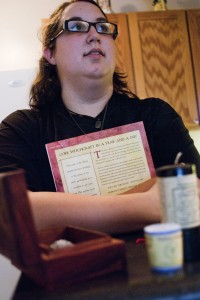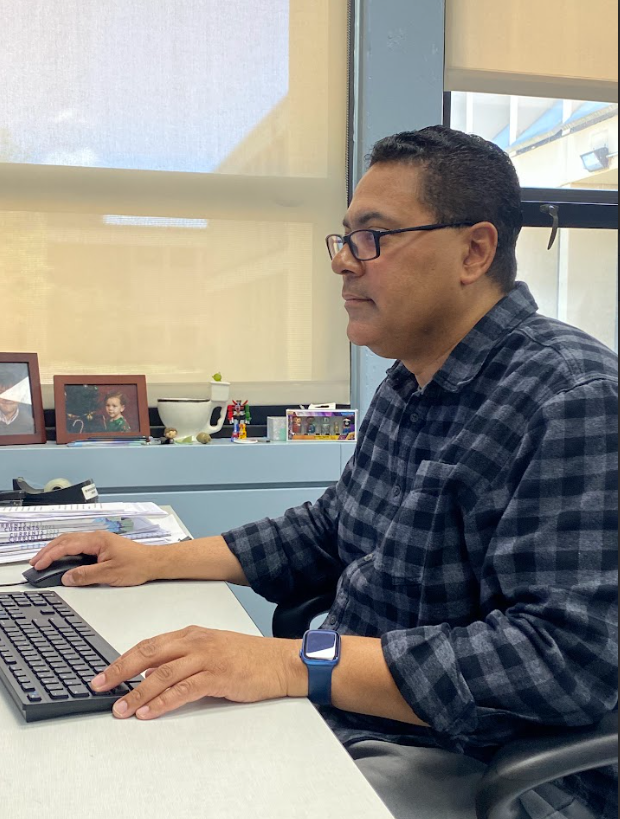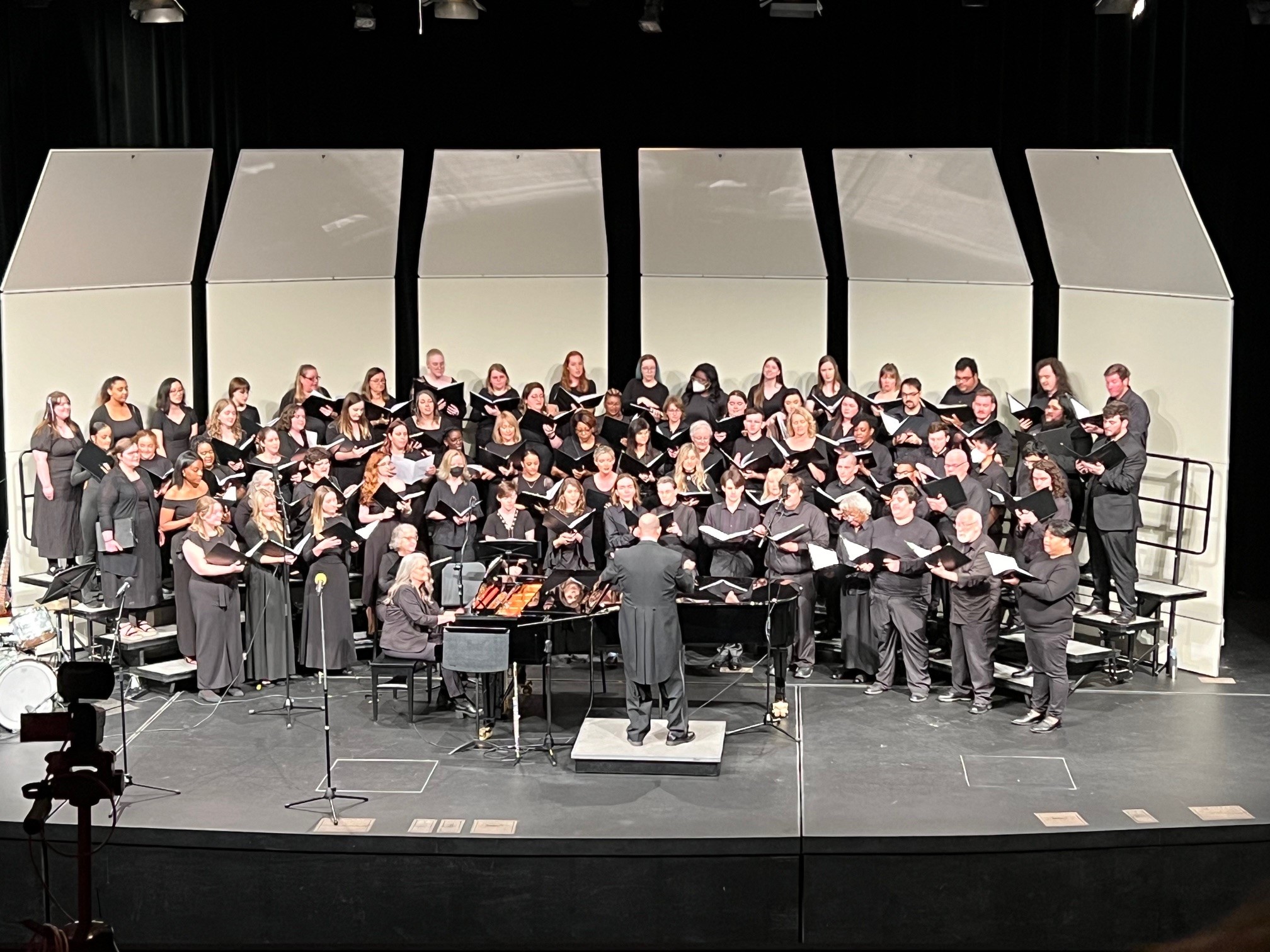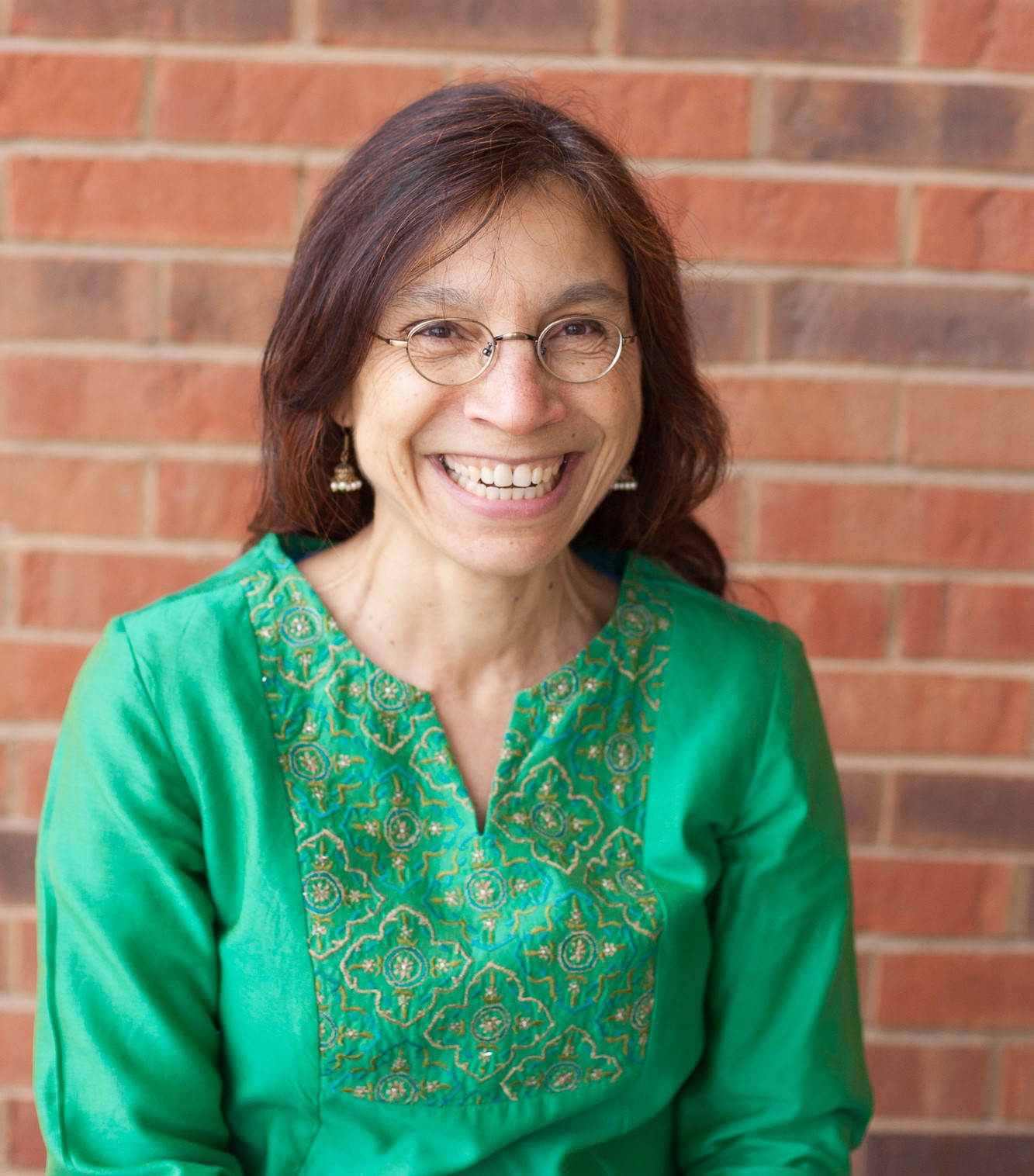Meramec student Kala Mantia begins a journey on the path to ancient wisdom

Chris Campbell
– Staff Writer –
Candles, runes, incense, stones, tarot cards and pendulums. These mystical tools may conjure up an image of something straight out of “Harry Potter”, but for STLCC-Meramec student Kala Mantia, they’re her fundamental link to the metaphysical realm during her self-guided venture into Wicca.
Mantia is beginning her journey based on the book ‘A Year and a Day’ by Timothy Roderick, which serves as a guide to the ancient path of wisdom.
“I was wanting to make my own ritual book, which is what brought me to buy [‘A Year and a Day’],” Mantia said. “This is just more like a study. This isn’t me becoming Wiccan. It interests me.”
Mantia said that Wicca has a strong stigma, associated with Puritan era Witchcraft of America. Witches, as they were called, were said to be evil, satanic worshippers. Those accused of being witches were usually burned on a pyre of cedar. After telling her creative writing class about her intention to do this experiment, Mantia said, “I was frightened that I would not only be judged, but I would be shunned for it.”
Mantia, however, has a different view of this ancient practice.
“Wicca literally means ‘craft of the wise’,” Mantia said. “It is basically very similar to standard Paganism. It’s just the different type of rituals that make them different.”
Mantia, raised Catholic, has decided to devote the 366 days toward her experiment into this alternative religion. Mantia said, like many Millennials, or Generation Y, has had some discrepancies with her faith. A defining characteristic of this current generation is that they have less religious fervor than their parents.
“This generation is very open-minded,” Mantia said. “Our youth, nowadays, don’t get a chance to learn about Paganism.”
Paganism, which arose thousands of years before the birth of Christ, is by definition, simply “country dweller,” and refers to those who lived on the outskirts of the Greek and
Roman cities and worshipped the phenomena of the natural world. Wicca is a derivation of Paganism, which centers on the same philosophies.
“It’s mainly having to do with nature and being one with nature. Because nowadays, everybody shuts off their mind to nature and Wiccans work alongside and worship nature,” Mantia said. “If we didn’t have plants or trees, then we wouldn’t even be here because they give us oxygen. [Wiccans] worship water because it quenches our thirst.”
One of the central aspects of Wicca is the altar. A typical altar consists of candles, incense and a picture of a holy figure and/or spirit animal. Mantia uses her spirit animal, a white wolf, which is the most prominent and sacred of animals in the natural world. The color white represents purity and balance, while the wolf itself is a fierce, yet nurturing, survivor of the wiles of the wild.
Mantia uses sage-scented candles in conjunction with stick incense to set the desired mood.
“I feel very calm and I feel certain in my mind about what’s going to happen and where I’m going,” Mantia said. “I just don’t feel so lost.”
Mantia plans to begin her experiment on October 31.
“I love the cooler temperatures and the falling of the leaves,” Mantia said.
Every day in “A Year and a Day” leads up to specific events. These correspond with equinoxes, solstices and moon cycles. The book describes how to make the tools needed for particular rituals, such as a cornhusk doll during the fall harvest.
“I really want to make a cornhusk doll,” Mantia said. “It’s really cute!”
Mantia plans to incorporate the rituals and plans featured in “A Year and a Day” into her normal life of work, school and homework.
“It’s a very long, drawn-out experiment. I just want to be more stable in my beliefs,” Mantia said. “And I think this will broaden and strengthen my current beliefs. I guess I’m just trying to find myself in all of this.”
Curiosity is what drives Millennials to experiment with alternative religions, but there is always doubt involved in the occult.
“People may say, ‘You just believe in magic and that’s not real’,” Mantia said.
Manti said.Occult Magick, not to be confused with “Harry Potter” magic, is the manifestation of benign desires through prayer and visualization.
“It’s not waving a wand to make a pitcher fly across the room,” Mantia said. “It’s not stewing concoctions.”
For the continuing skeptic, Mantia has words of encouragement.
“It’s worth a try, even if it’s not what you’re into,” Mantia said. “It’s like learning a new talent or skill because that’s what it is. People are so willing to learn about other religions like Christianity, Lutheranism or Muslim. But why are people not so willing to learn about Wicca? Well it’s because we’ve been trained to fear it when there’s nothing really to fear. I mean, it’s just another way of life. That’s all it is.”











